
It is vital for guardians to take extra care and do their research before handing over any supplies to their little ones. Compiled from Reader's Digest, here are five school items that may actually be hazardous.
1. Bags
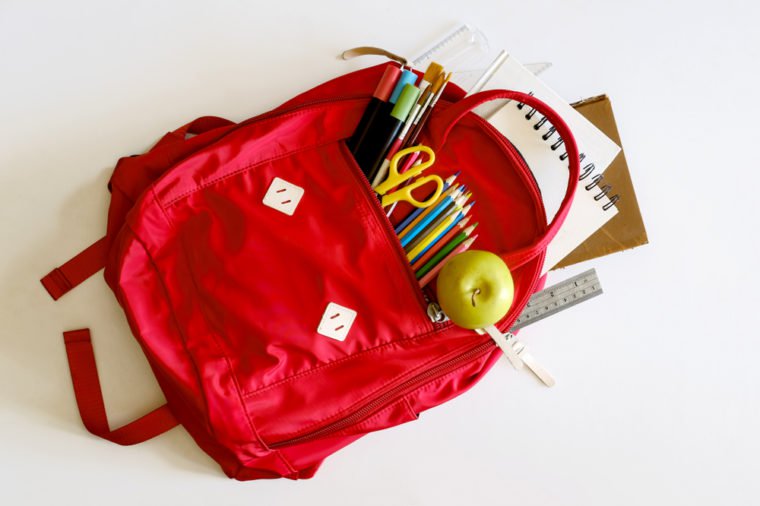 PHOTO: READER'S DIGEST
PHOTO: READER'S DIGESTParents are advised to avoid buying products that contain vinyl or Polyvinyl chloride (PVC). “Shiny backpacks generally are made of vinyl and may contain PVC, lead, and high levels of phthalates which are linked to asthma, metabolic disorders such as diabetes and obesity, endocrine disruption, and more,” says dietary and environmental consultant Marilee Nelson. She recommends bags made of natural fibres like cotton, linen, hemp, canvas or synthetic fibres such as nylon and polyester.
2. Lunchboxes
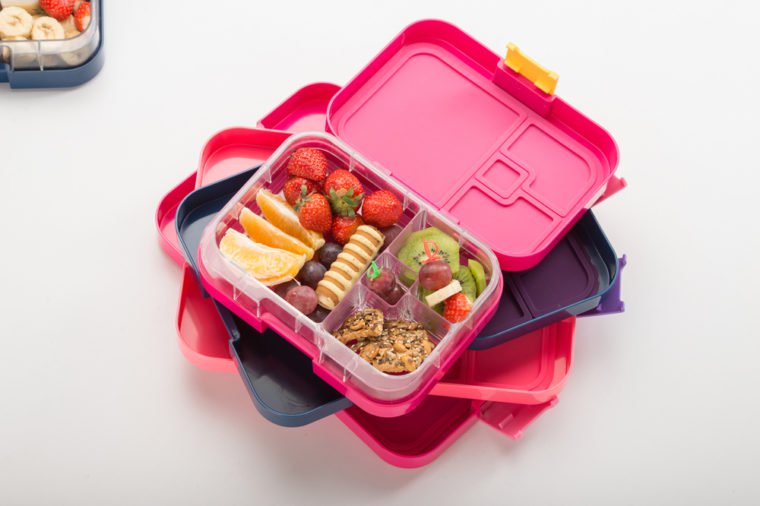 PHOTO: READER'S DIGEST
PHOTO: READER'S DIGESTNumerous plastic lunchboxes, even those specifically designed for children, are made of vinyl plastic that contains phthalates as well. “This group of chemicals increases the flexibility of the plastic for ease of manufacturing, but it has also been linked to a number of health risks, including asthma, low IQ, altered reproductive development, and diabetes,” says health and safety investigator, Morgan Statt. “Phthalates can enter the body when children ingest food and drinks that have come into contact with phthalate-containing products.”
3. Ring binders
 PHOTO: READER'S DIGEST
PHOTO: READER'S DIGESTYou guessed it: many of those three-ring binders that you stock for your child also contain phthalates. “Children are particularly at risk because of their hand-to-mouth behaviours — even with something as seemingly inedible as a binder,” shares Statt. She recommends choosing binders made of more sustainable materials like harvested wood, cloth, and recycled cardboard.
4. Notebooks
 PHOTO: READER'S DIGEST
PHOTO: READER'S DIGESTNelson suggests, when possible, avoid chlorine-bleached paper products. “This is an environmental issue as paper mills using chlorine release trillions of gallons of wastewater, contaminating the air, water, and larger environment,” she says. “Choose unbleached, processed chlorine free (PCF) recycled paper products with a high content of post-consumer waste recycled (PCW) content, if possible.”
5. Water bottles
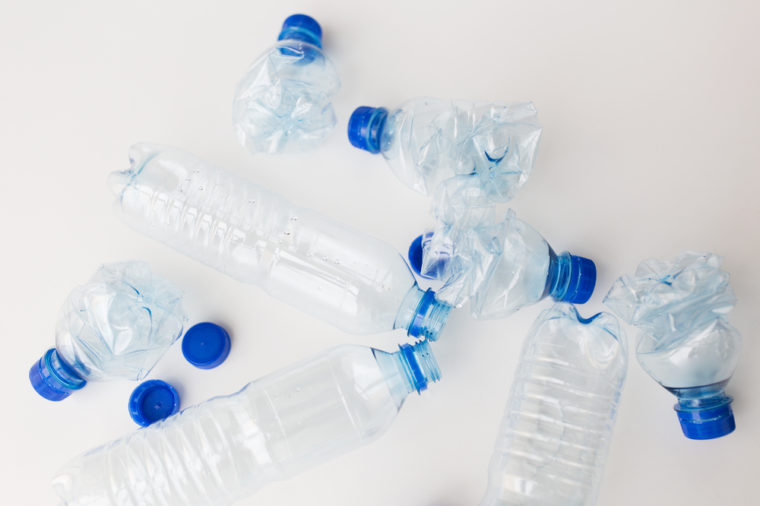 PHOTO: READER'S DIGEST
PHOTO: READER'S DIGESTTraces of the metallic elements are still being found in plastic water bottles which can be prove to be more dangerous than you think. Statt urges parents to avoid purchasing any reusable water bottles for their children that contain phthalates or bisphenol-A (BPA), as these are also linked to health issues. “It is worth taking a look at the reusable water bottles you’ve already purchased to make sure they don’t contain harmful chemicals,” she says.
So there you have it. Regardless of how good your intentions are, you may just be inadvertently harming your child with the aforementioned items.
Have something to add to the story? Share it in the comments below.















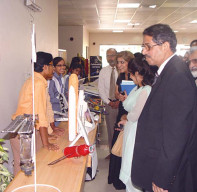

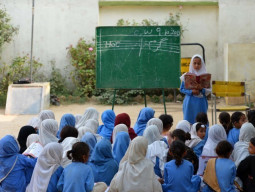




















COMMENTS (1)
Comments are moderated and generally will be posted if they are on-topic and not abusive.
For more information, please see our Comments FAQ